During election campaigns, the elixir that politicians crave can also be a poison.
Parties need media coverage to make their pitch to the public. But they want it on their terms.
They must desperately avoid embarrassing hot-mic moments like the 2010 Gordon Brown ‘bigoted woman’ incident, and they don’t want to be filmed doing anything that could cause ridicule, like the time the UK lost its mind over Ed Miliband eating a bacon sandwich.
There are pitfalls at every turn: a positive interaction with a member of the public can supercharge your political capital, a negative one can haunt you for the entirety of the campaign.
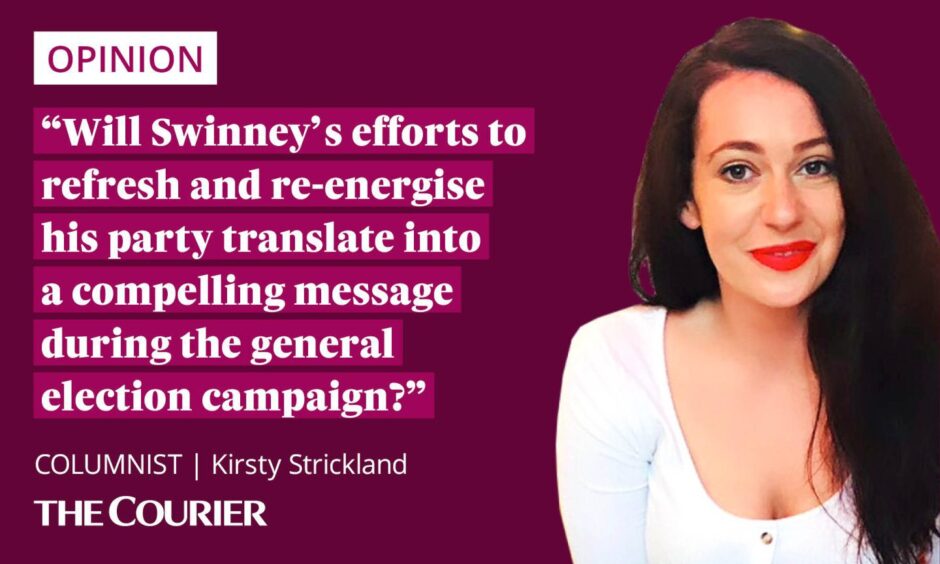
In a general election campaign, fear of the being the poor sod who makes the big, defining gaffe of the campaign is ever-present. That fear is all the more real now, at a time when smartphones turn every member of the public into a roving reporter.
It’s perhaps not surprising that we are seeing an increasing amount of control-freakery from politicians who want all the benefits of widespread media coverage while mitigating as many risks as possible.
In the first week of the campaign, Rishi Sunak was accused of using Tory plants posing as ordinary audience members during a Q&A.
In Scotland, we expect direct access to our politicians, especially when they’re asking for our vote.
The Courier’s John Swinney event allowed for meaningful interaction
The Courier’s subscriber event with John Swinney last week showed the quiet power of such interactions and why we can’t afford to let them become a dying feature of election campaigns.
The long-form, in-conversation event allowed for a deeper and more meaningful question and answer session than you can ever get from a shiny press conference or party-managed event.
The Perthshire politician took questions directly from the audience and was quizzed on a range of issues including overcrowding in prisons and the challenges facing the NHS.
The First Minister wanted to impress upon the audience that his style of leadership will involve less talking and more listening.
John Swinney knows that his party can no longer rely on the automatic support of the nearly 50 per cent of the population who support Scottish independence. As the leader of a minority government, collaboration is key. He sees himself as a solutions man and resistant to the recent scramble for simple, soundbite answers to complicated issues of policy.
The question is, will his efforts to refresh and re-energise his party translate into a compelling message during the general election campaign?
His approach to the upcoming series of television debates will have to be different to the other Scottish party leaders. He will be forced into a defensive position over his party’s record in government and the more recent troubles involving the SNP.
While an incumbent government politician may be more wary of the glare of the election spotlight, they rely on it just as much as opposition politicians do.
That’s what makes election campaigns so heady and hopeful.
Short window of opportunity
It’s a short window of opportunity where the balance of power swings firmly in the direction of voters. You can sense that change on the face of every politician that clenches their jaw in anticipation of what question, experience or criticism is about to come out of the mouth of the ordinary person who has been handed a microphone.
Whenever there is a big political scandal, whether in Scotland or Westminster, you’ll often hear journalists on the radio saying that a party representative declined their invitation to come on air to speak about it.
During an election, there’s no room for hiding.
There is no diary commitment or duvet day that can take precedence over the campaign trail. However uncomfortable the spotlight is for politicians who might not enjoy answering questions about their records or promises, it is also unavoidable. And that’s why we should savour the next five weeks.
I was not anticipating the huge range of emotions that I would experience on the day of my dog’s neutering operation. The decision to have him neutered was a no-brainer. The vet recommended it as a way to safeguard against a range of future illnesses, and the play-care where he goes once a week said he wasn’t allowed back until he had the procedure, after an unfortunate over-enthusiastic humping incident that was embarrassing for all concerned.
A few hours after I dropped him off, the vet sent me a photograph of him. His eyes were as glazed as a long-weekend in Ibiza and his post-op meal was scattered throughout his beard.
She said his tail started wagging as soon as he woke up and that he is a very lovely boy. I, of course, burst into tears.
We had less than a day of quiet wooziness before he started running around again, wearing a very silly baby-grow style outfit designed to stop him licking the stitches.
During the recovery period, the vet said it’s important that he stays calm, no jumping, zooming or mischief.
So far he shows no sign of having heard her.
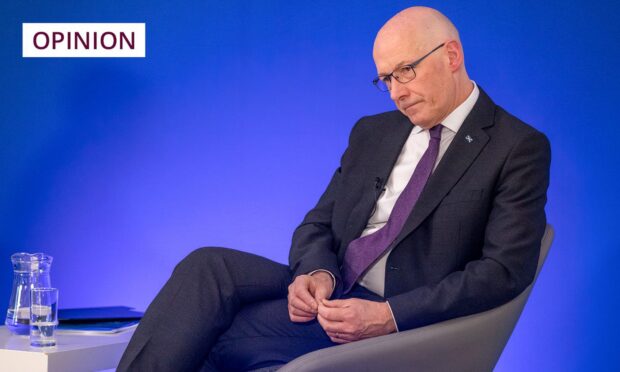
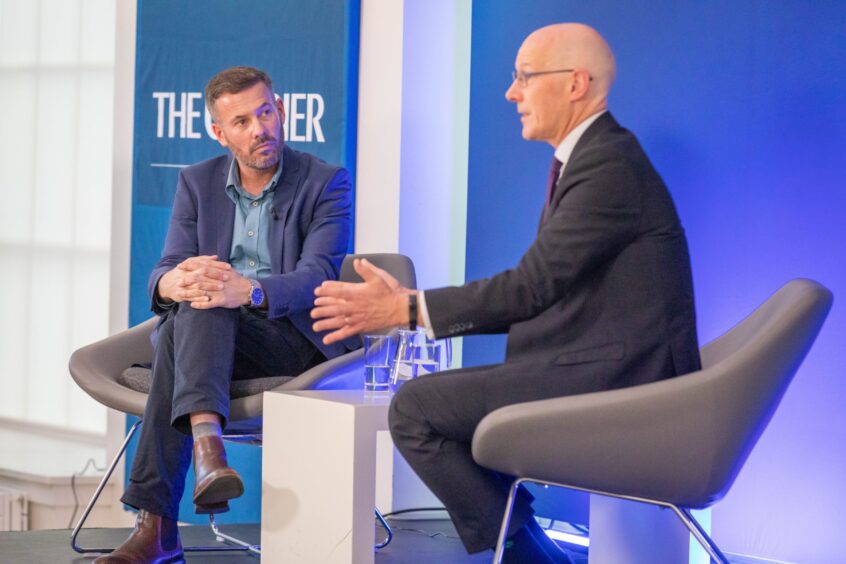
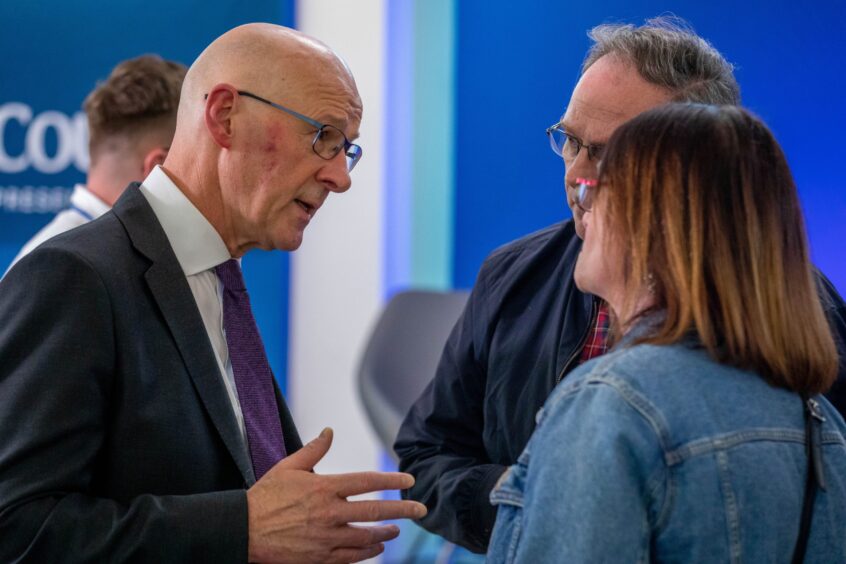







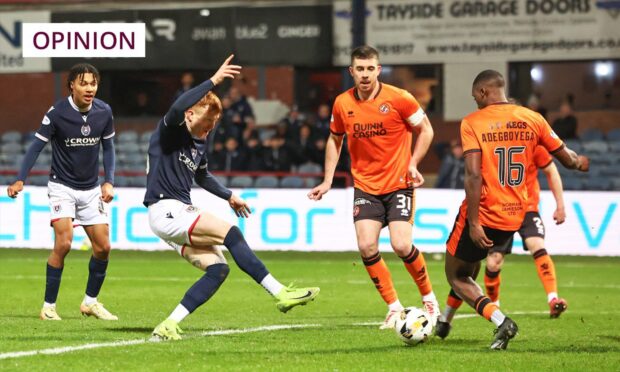
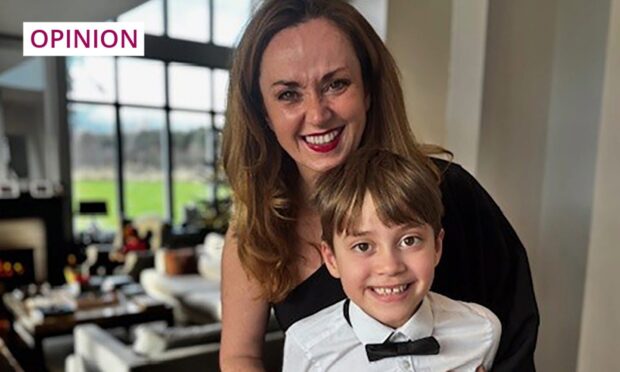

Conversation